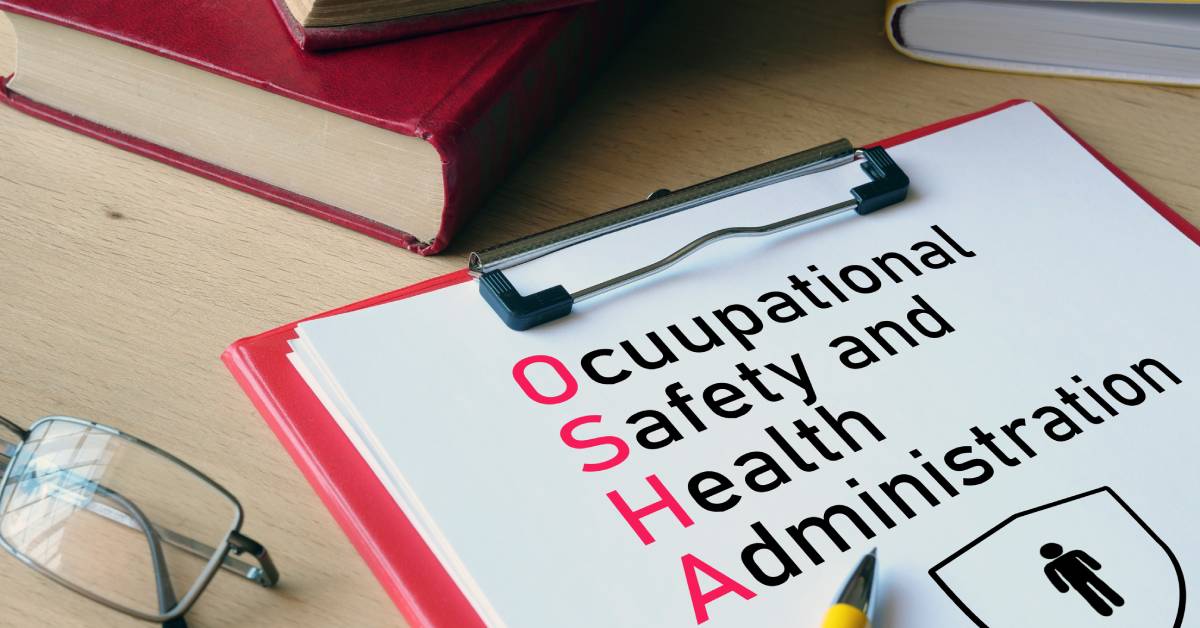Medical professionals face unique challenges with workplace safety. Understanding and complying with OSHA (Occupational Safety and Health Administration) regulations helps medical teams maintain a safe environment for staff and patients. This post explores four unique OSHA concerns in medical offices and provides insights to help medical professionals stay compliant while prioritizing safety.
1. Infection Control Protocols and OSHA Compliance
Infection control is a top priority in medical offices. OSHA mandates strict protocols to minimize the risk of infection transmission. Infection control protocols include good hand hygiene, using personal protective equipment (PPE), and regularly sterilizing instruments.
Medical professionals must stay vigilant in following protocols to protect themselves and their patients. Regular training sessions and audits can promote compliance and keep infection rates low.
2. Safe Handling of Hazardous Materials
Medical teams handle hazardous materials, such as sharps and biohazards. OSHA requires proper handling and disposal to prevent injuries and contamination.
Sharps containers should feature puncture-resistant packaging, and you should dispose of biohazard waste in the designated containers. Train staff in safe handling practices and provide adequate resources to reduce the risk of accidents and exposure to hazardous materials.
3. Workplace Violence Prevention
Healthcare workers face a high risk of facing workplace violence. OSHA emphasizes the importance of implementing safety measures to protect staff from potential threats.
Safety strategies include establishing a clear workplace violence prevention program, training employees to recognize and de-escalate violent situations, and taking physical security measures. By addressing workplace violence proactively, medical offices can be safer and more supportive for employees.
4. Ergonomics and Injury Prevention
Ergonomics is often overlooked in medical settings, yet it can prevent injuries among staff members. OSHA provides guidelines for ergonomic practices to reduce the risk of musculoskeletal disorders. Adjusting workstations, using safe lifting techniques, and encouraging regular breaks can mitigate this risk. Medical professionals should stay educated on ergonomic principles to maintain their health and productivity.
Staying Updated on OSHA Regulations
OSHA regulations are subject to change, making it important for medical professionals to stay informed. Regularly reviewing OSHA updates and attending relevant training sessions can keep medical offices compliant.
Seek out regular training for yourself and your staff to ensure everyone stays informed. You can find convenient OSHA training for healthcare professionals at Gamma Compliance Solutions. Staying updated not only ensures compliance but also demonstrates a commitment to safety and excellence in patient care!
Understanding the unique OSHA compliance concerns in medical offices is essential for creating a safe and productive workplace. By adhering to these unique policies, medical professionals can protect themselves and their patients. Staying updated on OSHA regulations and continuously striving for improvement will contribute to a culture of safety and excellence. Visit Gamma Compliance Solutions for more OSHA healthcare resources.

